
By Fynn Kusi ADJEI
Ghana’s mineral wealth should be a foundation for lasting prosperity, yet many host communities remain underdeveloped, impoverished, and scarred by environmental damage.
This harsh reality is not for lack of resources, but because of a governance model that concentrates control in the hands of a few, shields them from accountability, and excludes residents from decisions that shape their future.
If we are to change direction, we must confront constitutional gaps, flawed trusteeship, and the misuse of mineral revenues with the same urgency that communities show when their lands are threatened.
There have been various efforts to redesign Ghana’s Constitution to make it more development-oriented and to address flaws such as excessive discretionary powers granted to the President and his or her appointees.
Too often, these powers have been exercised without meaningful citizen involvement, undermining the fiduciary duty to use national resources for the public good. Once in office, leaders act as though their authority is personal, rather than a public trust, or of stewardship.
Who owns the land?
Under our indigenous norms and practices, the true owners of land are families, not chiefs. Everyone comes from a family, and in most parts of Ghana, land ownership is rooted in family holdings. It is only in the Asante kingdom that a post-independence law places all lands in the hands of the Asantehene, creating the impression that all lands in the Asante Confederacy originally belonged to the royal family. This law ignores indigenous values and norms of the unified tribes, and is historically inaccurate.
Historically, Okomfo Anokye spiritually aided the first Otumfuo Osei Tutu in unifying Asanteman. Even then, lands belonging to the royal family would only have been those acquired after unification through conquest. The tribes that joined the union retained their own family-based land ownership systems. Chiefs, like all other families, had their own family lands, while lands acquired through migratory conquest were divided among warriors and settlers.
Chiefs are custodians, not owners. This indigenous knowledge system must be acknowledged in crafting laws that reflect historical facts and cultural traditions. Our Constitution makes this clear: all chiefs have custodianship, not actual ownership, of family lands or lands within their traditional jurisdiction.
Our indigenous norms and practices never gave chiefs, kings, or queens immunity from communal accountability. Family heads, community heads, and chiefs were held answerable for their stewardship over shared properties, as well as for their morality (personal integrity) and ethicality (adherence to the community’s established rules and norms). The message must not be sent—deliberately or by omission—that these traditions were inferior or lacked checks and balances.
Once this fact is recognized, we can be emphatic in reengineering mineral royalties to serve all residents—not merely to maintain stools “in keeping with their status.” A stool cannot retain its prestige amid the excruciating poverty of its subjects, poor infrastructure, and struggling local economies.
This reality calls for laws that make transparent, collective use of these resources mandatory. Custodianship is not the same as ownership, and everyone must appreciate that a stool’s status is meaningless if its subjects live in deprivation. Redesigning mineral revenue laws must therefore aim to channel resources into collective, equitable development, not into prestige alone.
Stool and mineral rights
Dr. Manttaew brought clarity to what constitutes stool lands revenue and mineral revenue. In Ghana, stool lands—representing surface rights—carry royalties vested in chiefs and their people. Mineral rights, including rents, are vested in the President, as minerals are considered the sovereign property of the Republic.
The President acts on behalf of the Republic, not as a personal owner, though in practice this is often not the case. Settled cases based on narrow interpretations of existing constitutional provisions are not open to challenge, even in court.
Stool land revenue is supposed to remain with the communities, while mineral revenue is paid into the Consolidated Fund for national use. This arrangement has long raised questions about equity and community benefit. As Prof. Kwasi Prempeh and his team have observed—rightly so—neither the President nor the chiefs have demonstrated sufficient accountability, yet there are still calls to expand their rights even amidst clear evidence of dysfunction or complicity.
The flawed trusteeship model
Addressing trusteeship is critical. The checks on parliamentary ratification envisioned in the 1992 Constitution have failed. Parliamentarians have approved all manner of contracts that are egregious to Ghana’s interests, and the recent repeal of the law that bans mining in our forests and water bodies was passed without adequate safeguards. Parliament, though it could explore a private member’s bill to remedy the situation, has failed to do so, proving it cannot be trusted.
Both chieftaincy oversight and parliamentary oversight have fallen short. The recent example of the Otumfuo working with a state agency to destool certain chiefs over environmental destruction is not the proactive model we need. The Asantehene himself admitted that the misconduct was known for years, yet action came only after public outcry. This is no sound basis for granting chiefs co-trusteeship over mineral resources.
We must instead enact robust accountability regulations that designate funds for specific projects, with transparent, participatory processes. Decision-making must be driven by resident input, defined as strong stakeholder or community support with detailed thresholds that must be met, not left to a handful of compromised or self-serving figures. Such thresholds must be measurable and supported by a verifiable tracking system, which could include minimum participation rates, percentage approval from affected households, or formal endorsement from recognized local bodies.
Misplaced responsibility for harmful mining impacts
One proposal by Dr. Manttaew’s group suggests that 10percent of mineral revenues be deducted from state mineral revenue and allocated directly to host communities, with part of this used to address the harmful effects of mining. This is misguided. Globally, the responsibility for mitigating harmful effects lies with the mining company—or with regulators ensuring such measures are built into operations. The community must never fund remediation from its share of revenue. Too often, we design solutions that do not address the real problems.
Best practice shows that community revenue is better used for developing skilled labour, creating alternative livelihoods during and after mining, and investing in infrastructure to make host communities more liveable and economically diverse. Environmental remediation must remain the company’s obligation. Allocations must be codified in law, with clear guidelines that focus on socioeconomic transformation, not on shifting corporate responsibilities onto communities.
Public oversight from start to finish
The President’s rights over mineral resources must be reframed to ensure that all contracts are public, subject to strong community and stakeholder support, and compliant with environmental laws. Every stage of a mine’s life cycle should be open to public debate and oversight. Our focus must shift from who “sits at the table” to how revenues are used for equitable, sustainable community development. Neither the President nor the chiefs own the minerals; they belong to community residents and, in many cases, specific families. Yet concessions are often granted to unscrupulous operators without public disclosure of terms, deepening poverty in host communities.
Instead of District Mining Committees, why not Community Development Councils? These would have specialised committees, be insulated from partisan politics, and appoint prominent, selfless residents from diverse professional backgrounds to support mainstream political leaders and chiefs in steering community development. Membership would include queen mothers, youth leaders, and other qualified residents. These positions would be voluntary and non-remunerative, ensuring that service—not profit—guides decisions.
Such councils would review and negotiate land use for mineral exploration, ensure compliance with progressive laws, and promote transparent, just use of community resources for the benefit of host communities and the nation.
Rethinking the allocation structure
The current allocation structure under the Constitution and mineral distribution laws (Administrator of Stool Lands) must be re-evaluated:
- 20percent to Traditional Councils
- 25percent to the Stool for maintenance of the stool in keeping with its status
- 55percent to District Assemblies
In mining areas such as Tarkwa, Obuasi, Bibiani, Awaso, Chirano, and Prestea, residents must demand accountability for how these revenues are applied by district assemblies, paramount chiefs, and traditional authorities.
A portion of the 45percent going to the paramount chief must be earmarked for maintaining the chieftaincy institution, with the majority allocated to community development projects overseen by an independent Community Development Council.
Chiefs may receive a defined share for upkeep if they are full-time leaders with clearly defined roles akin to the President at the local level. Otherwise, stool revenues should be regulated to fund institutional needs such as housing, ceremonial duties, and other official functions of the royal house or gate.
The remainder must directly benefit the community through visible, measurable projects. All these processes must be clearly defined and enacted to ensure the judicious use of stool land revenues by royal houses or gates, and to reduce conflicts around “greed” and the “winner-take-all” approach of substantive chiefs, which often works to the detriment of the entire households of royal families.
Closing the constitutional gap
The 1992 Constitution, shaped by political compromises, avoided confronting these controversies. Civil society organisations advocating responsible mining must address this gap. The way forward is community-level ownership and decision-making. Revenues must be managed by Community Development Councils—with chiefs as members but not sole custodians—and tied to specific, approved projects backed by strong community and stakeholder support.
The laws guiding these projects must include strict accounting and probity processes. Communities should vote on projects only after transparent engagement sessions where feasibility studies are presented. These studies must link each project to measurable improvements in community well-being and to social, cultural, economic, and environmental development.
All contract awards must follow open, competitive bidding to prevent inflated costs, eliminate conflicts of interest, and ensure funds are used effectively. Projects should prioritise community-based businesses, critical infrastructure, and alternative economic growth poles that accelerate long-term development beyond the life of the mine.
If we fail to reform along these lines, mineral wealth will remain squandered, and host communities will continue to lag far behind—while other countries with similar resources use them to drive sustainable growth.
>>>the writer is a Ghanaian public interest advocate with several years of hands-on experience in tourism destination operations in Ghana. He is currently based in Canada. His interests cut across many sectors of the Ghanaian economy. However, his current work reflects a strong commitment to inclusive tourism planning, Indigenous practices, and building global partnerships that support local development and sustainable travel practices. Email address: [email protected]
The post Reforming mineral revenue distribution for true community development appeared first on The Business & Financial Times.
Read Full Story
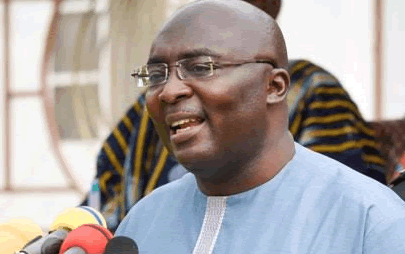
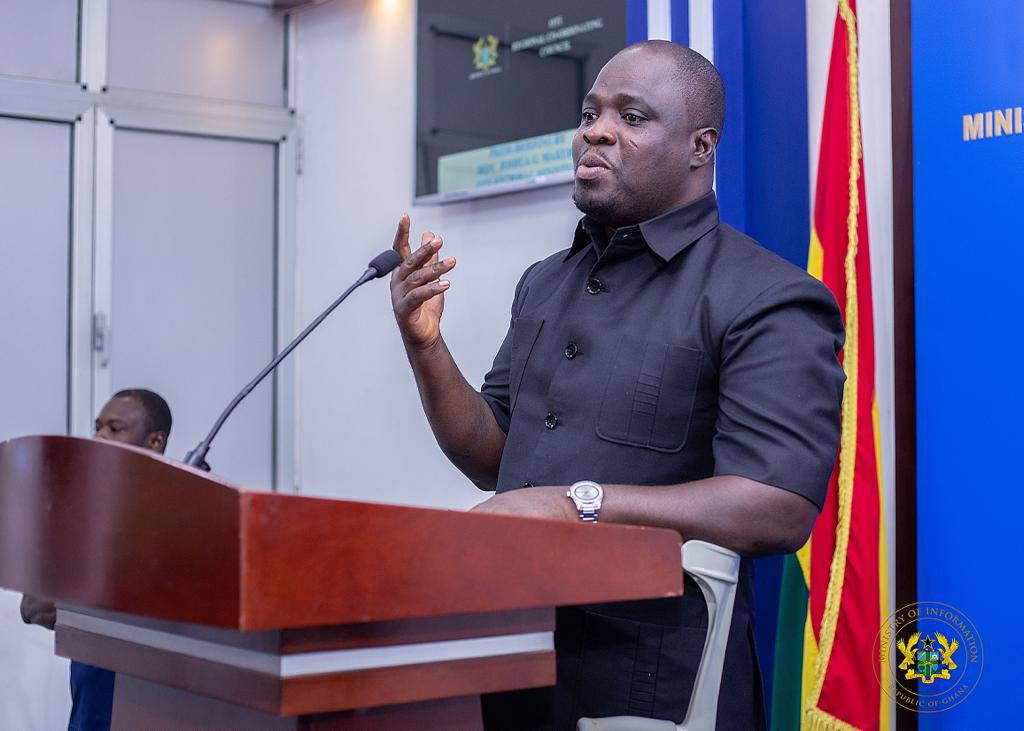

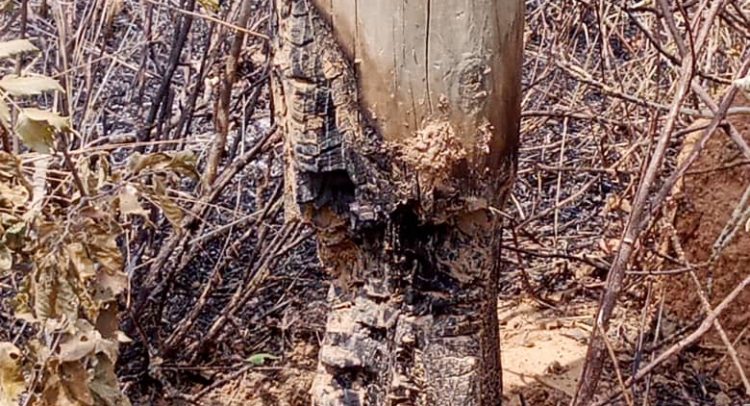
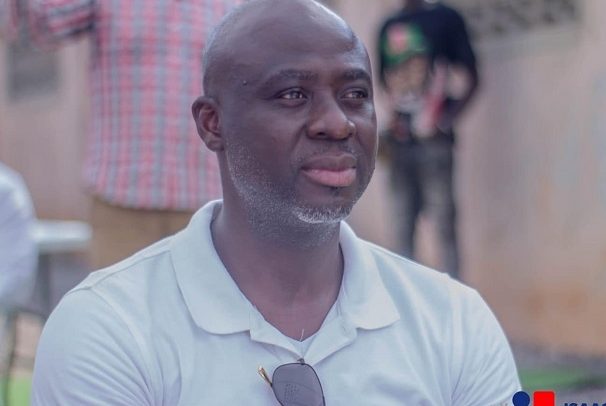
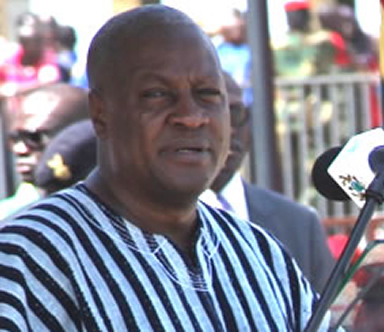







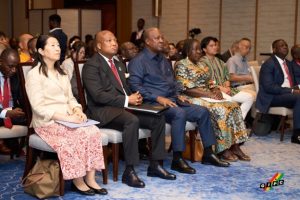
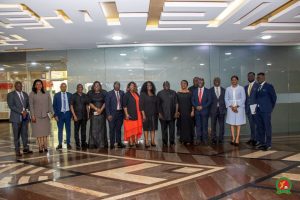
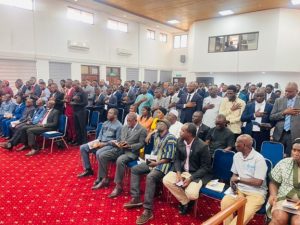
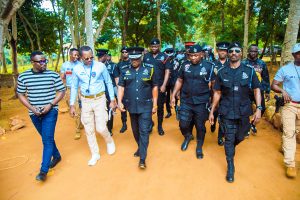
Facebook
Twitter
Pinterest
Instagram
Google+
YouTube
LinkedIn
RSS